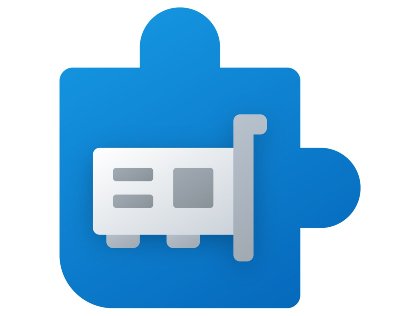As we know, Microsoft’s Windows 10 operating system has been trying to enable OpenCL and OpenGL mapping layers in Direct 3D 12 (D3D12) for quite some time now. The company had also partnered with Collabora engineers to build these mapping layers, courtesy of the Mesa 3D open-source project.

Finally, Microsoft has added a new D3D12 backend to Mesa to support OpenCL 1.2 and OpenGL 3.3 mapping layers. As a result, Microsoft has published the Compatibility Pack, allowing specific applications to run on Windows 10 devices without installing OpenCL or OpenGL hardware drivers.
What is it that Microsoft is trying to solve?
Following are some of the significant goals of Microsoft mapping OpenCL and OpenGL layers to D3D12:
- Enhance support for OpenCL- and OpenGL-based apps in the absence of native drivers.
- Microsoft hopes to contribute back to the graphics community.
- Make it easier for developers to port their apps to D3D12.
In a blog post, Microsoft had this to say:
“By building the mapping layers on D3D12, we are building on the hard work we and our hardware partners have put into delivering stable and performant DirectX 12 drivers. When complete, the OpenCL and OpenGL mapping layers will provide hardware acceleration to more of your productivity and creative apps with just a DX12 driver, no other driver required.”
Download OpenCL and OpenGL Compatibility Pack for Windows 10
Once you download and install the compatibility pack on your Windows 10 PC, OpenCL and OpenGL apps can run without the default installation of OpenCL and OpenGL hardware drivers.
If you have installed DirectX 12 driver on your Windows 10 PC, compatible apps will now run with hardware acceleration.
According to Microsoft, only a handful of apps can benefit from this compatibility pack. In the meantime, Windows Insiders can install an Insiders version of this package for extended support.
Are you looking to download the OpenCL and OpenGL Compatibility Pack for Windows 10? Visit Microsoft Store.
Read: The NVIDIA OpenGL driver detected a problem with the display driver.
Leave a Reply